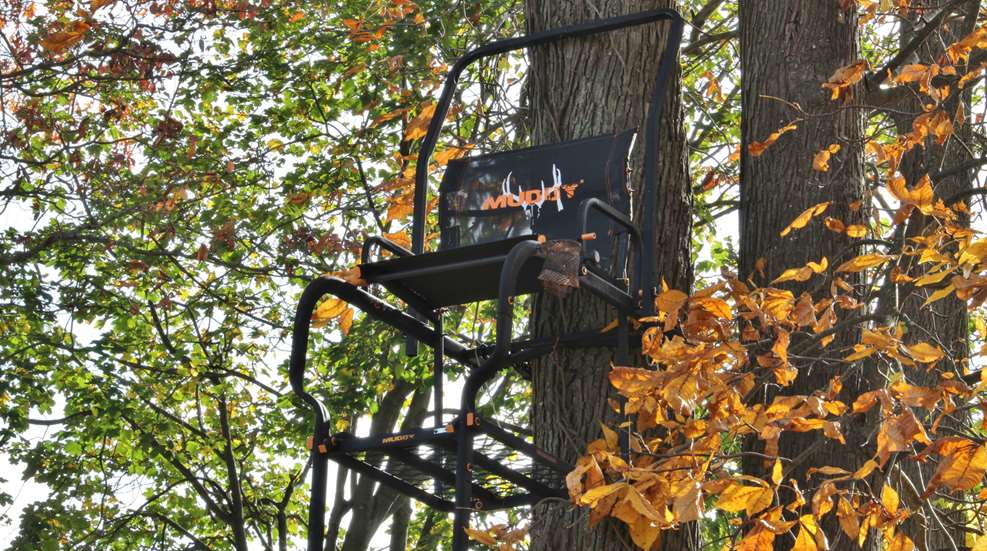
It’s about that time when my wife and I have our annual argument; it goes something like this:
Frank: I’m debating between a ground blind and a tree stand this year.
Barb: You’re afraid of heights; go with the blind.
Frank: I’m not afraid of heights; I’m afraid of sketchy tree stands.
It’s true, I’m not a fan of most tree stands, and it stems from my first two experiences with them. The initial one comes from my very first time ever hunting off the ground. A buddy of mine assured me that he “had everything I needed” set up ahead of time in his woods, only to lead me to an 18-inch platform he had nailed to a tree about twenty-five feet up the trunk. As I shimmied up foot pegs that were spaced a little thin, I hugged those two-by-sixes for dear life as I slipped a makeshift harness around my waist.
That experience led me to think, “gee, if I just add a portable stand to my pack list, then I can avoid future situations like this;” so I bought a budget climber. Let’s just say it’s the kind of thing you want to spend some money on, because the cheep ones sometimes have trouble grabbing the tree; mine did at least. Nonetheless, I made my peace with it and decided that I just wouldn’t climb much further than I felt comfortable falling. To that end, I never ventured much higher than I am tall, but every year it yielded results, so why change things?
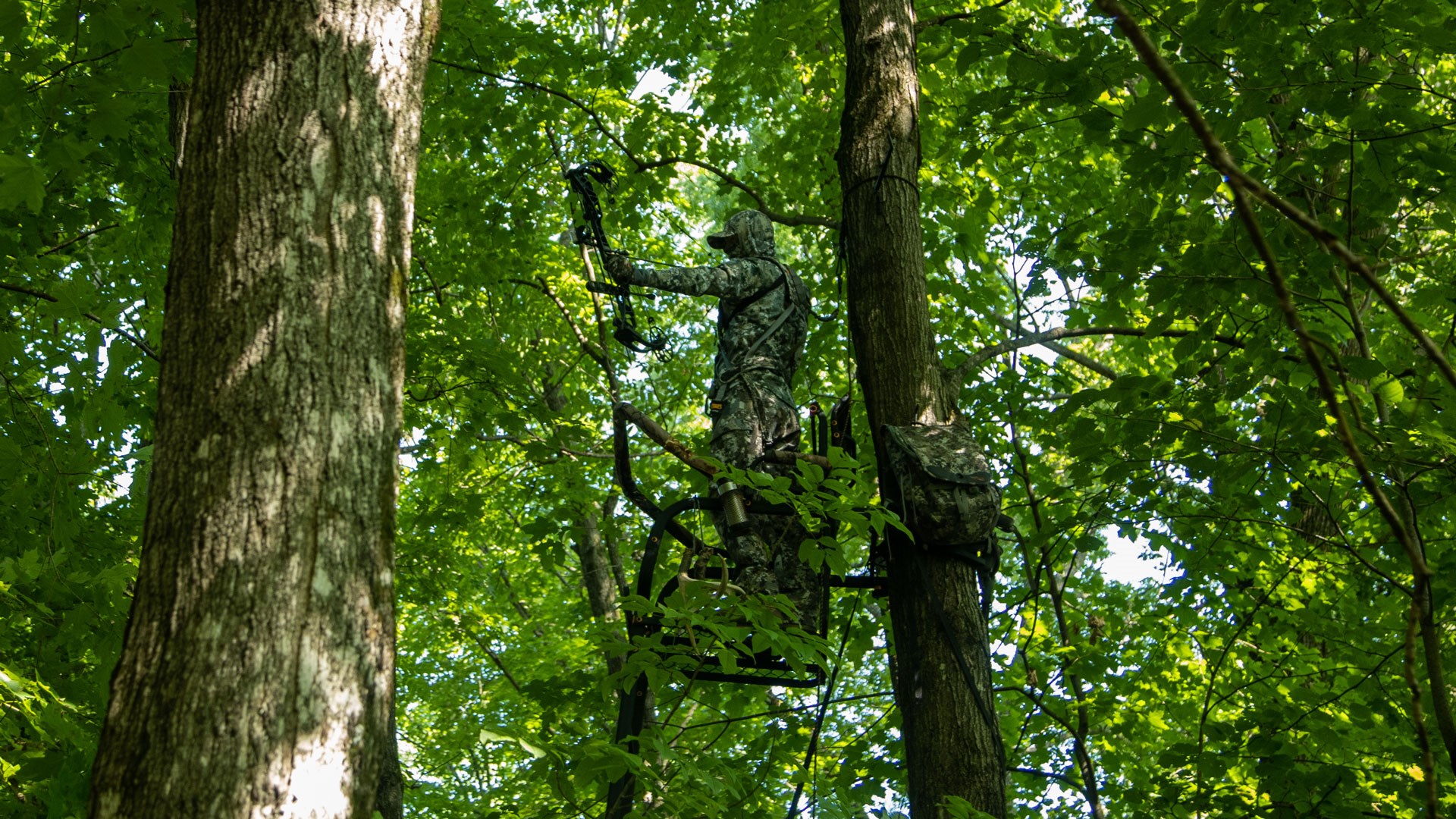
Well, this year was special, as it would be the first time we’d hunt the property that makes up our backyard; as such, I finally had a place to install something more permanent. Climbers are nice, but they make a racket going up in the morning and don’t really offer an easy way to climb back down if you drop a piece of equipment or need to check on something below. Ladder stands are the answer in these instances, but I share some of the same concerns with those that I do other style stands, particularly when setting them up. Scrolling through the interwebs, I came across the Muddy Odyssey XLT, a beefy tree stand built with solidity in mind and utilizing a setup system that doesn’t involve climbing as high as possible when the stand is at its least stable.
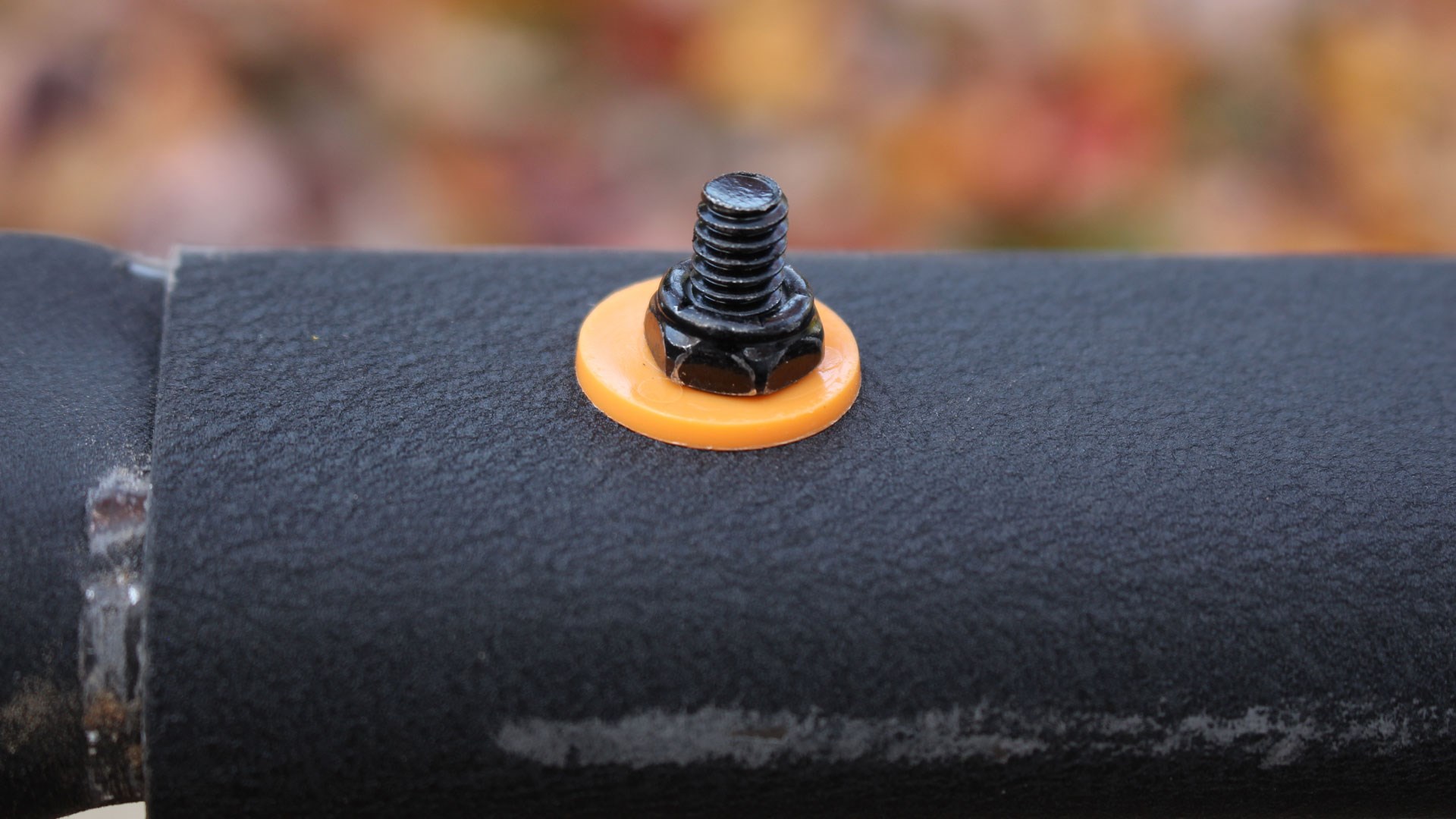
When the stand arrived, it required a fair bit of assembly. However, this gave me a good opportunity to learn how it works and more importantly, spot when something is coming loose. Although it came with a large bag of hardware, putting it together was relatively straightforward. As I sifted through the plastic sack, I noticed that the kit included plastic washers and spaces. Used in their various locations, this eliminates metal-on-metal contact, and the resultant noise that can drive game away during your climb up. Additionally, lock nuts were included throughout the assembly to ensure that once everything was together, it would stay that way.
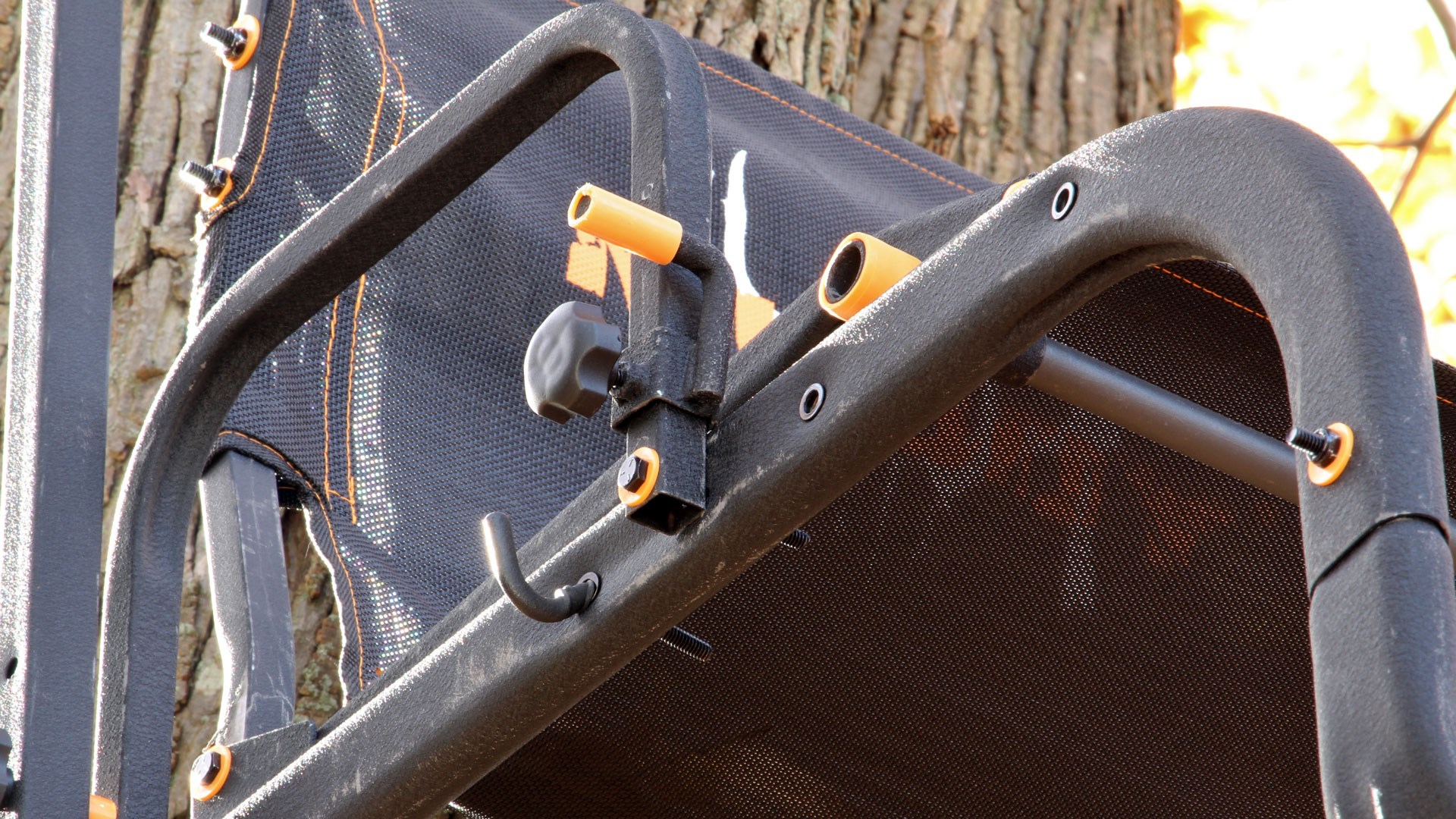
As I moved past the hardware, I observed the four sections of ladder that create a platform measuring 20-feet tall. I liked that you could leave one or two out if you didn’t need (or want) to be that high off the ground, something that may be handy in the early season when the canopy is low and thick. Aside from being modular, they were extraordinarily overbuilt. That’s my kind of stand, one that is loaded with security and won’t sway as much as lighter designs. A deeper dive revealed that the Odyssey XLT could handle up to 350 pounds of weight, which is impressive. At 195 pounds, a married guy like myself refers to that as “room to grow.”
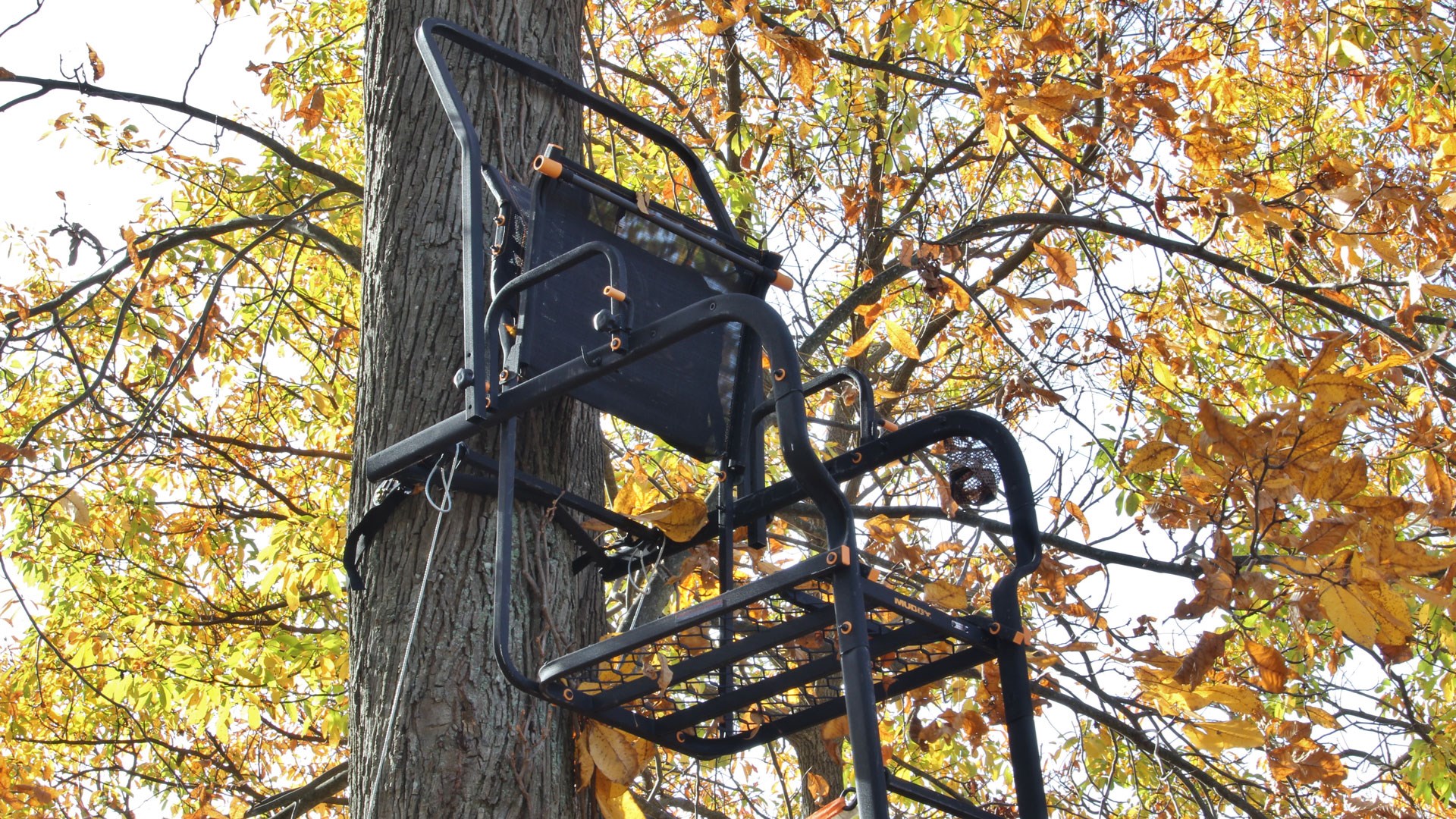
After assembling the ladder and supports, the instructions took me through putting together the cockpit. Once finished, I liked that the seat could be flipped up, making it easier to climb in and out of. That’s also handy for keeping it dry between hunts and discouraging coons and porcupines from claiming it for themselves. During this phase, I also attached the armrest; it too rotates out of the way, providing the same benefits as well as increasing space for bowhunting or anything else that might require more room when you are up top.
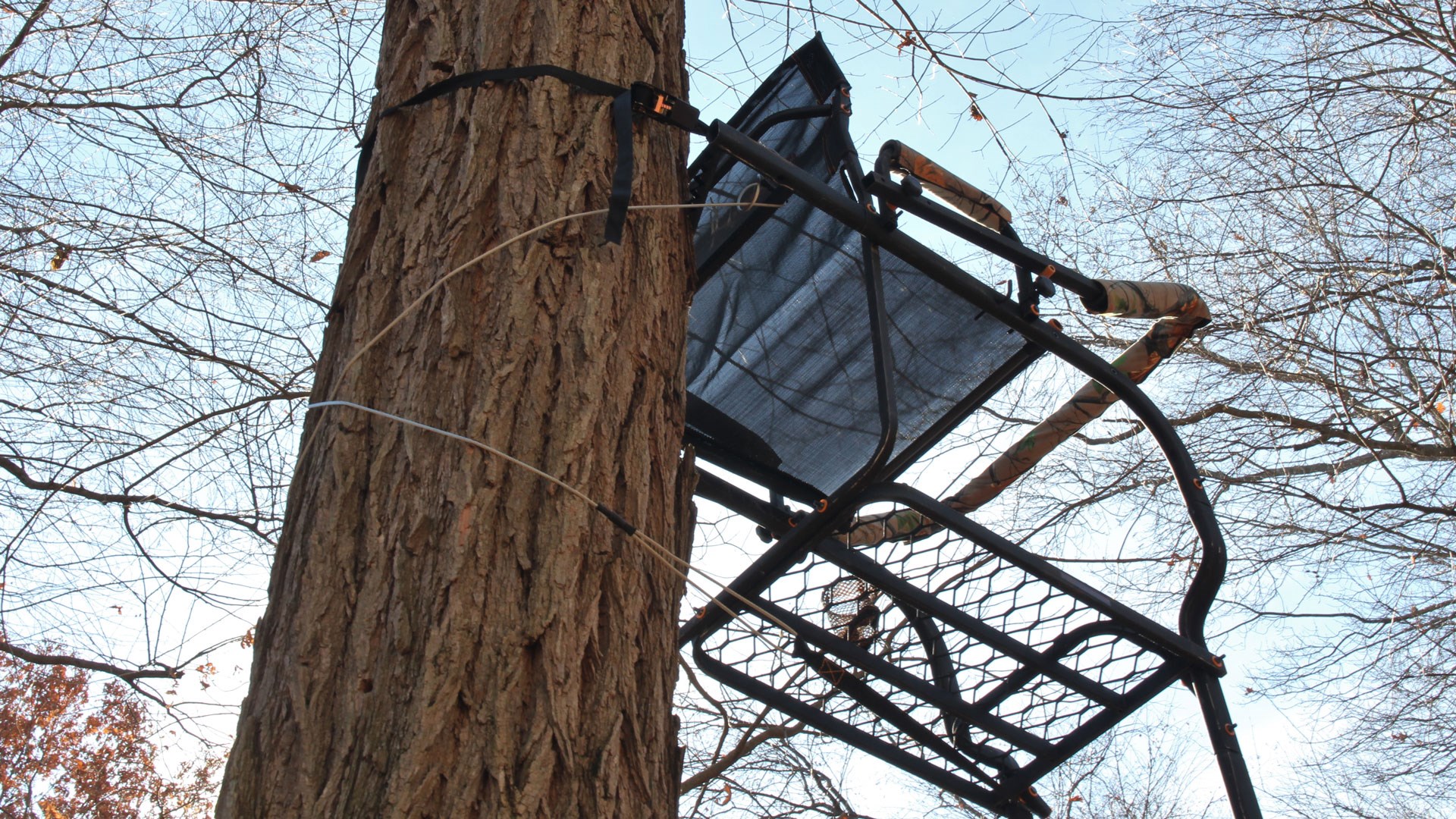
With the stand together, I grabbed the Mrs., and we placed it in an area of the woods that showed a fair bit of promise from recent trail-cam footage. While the instructions recommend three people for this process, we were able to get it done with just two. After locking the bottom brace to the tree, I started up to secure the top half of the stand. In most stands, this requires you to work at a level that is unsupported, something scary and potentially dangerous. The Odyssey XLT uses the Hercules system to eliminate that step. Before erecting the stand, you tie these cables to a lower rung, and then from just a few feet off the ground, you whip them around the back of the tree in a crisscross pattern and lock them to a bracket connected to a lower rung of the ladder. After tightening the ratchet straps, the top of the stand is then secured about as tight as can be to the tree, allowing you to climb up safely and attach a final ratchet strap around the back of the seat.
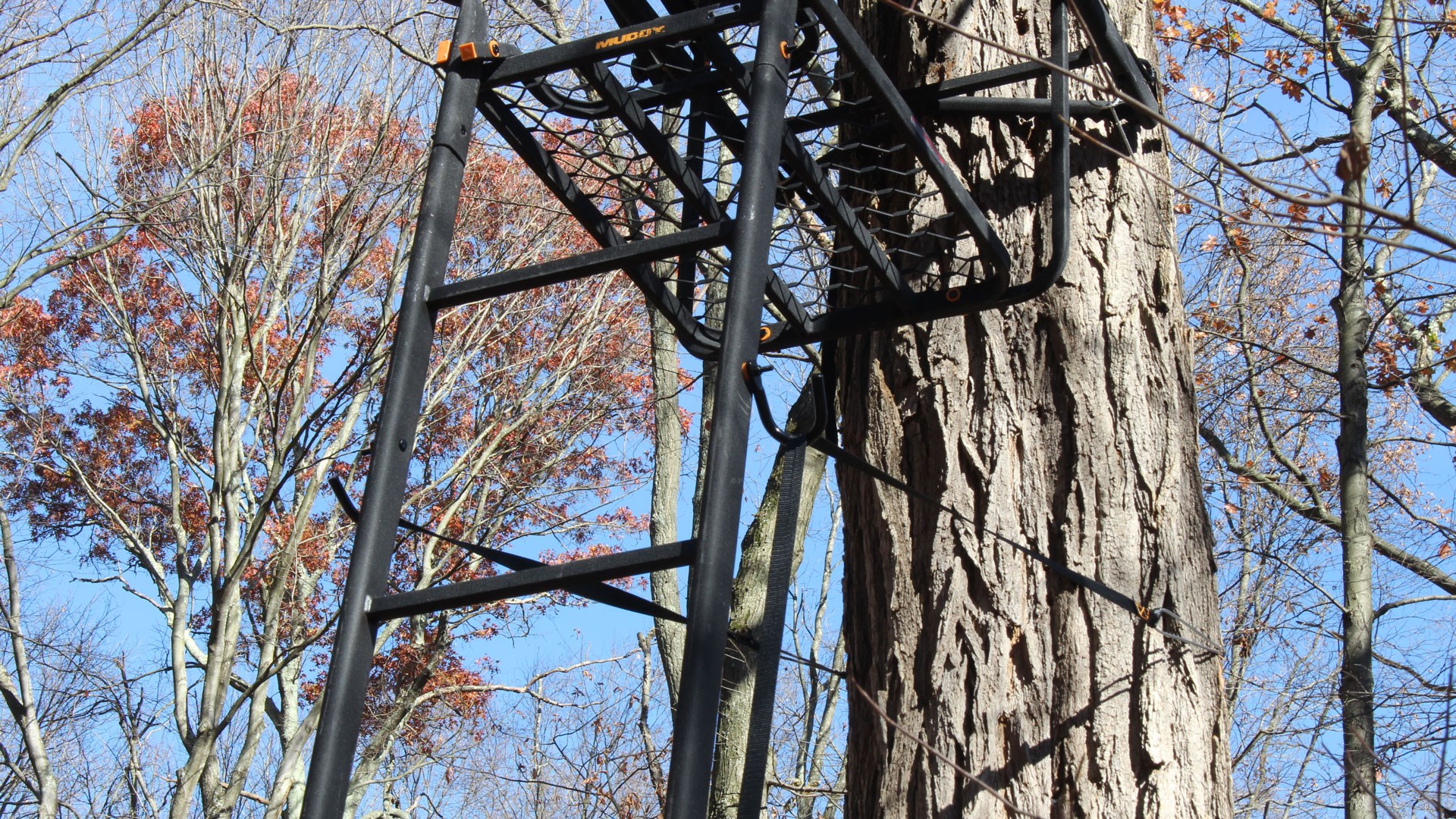
After putting it together and setting it up, I found the Odyssey XLT to be one of the steadiest fixtures I’ve ever sat in. I also liked that it includes some of the most important gear to have, like a fall-arrest system. I have a buddy who spent a few months in the hospital after falling just eight feet from the ground; that’s enough to remind me to always strap myself to the tree. Also to that point are a pair of adjustable gear hooks and even a cup holder. While this might not seem like “safety” equipment, they allow you to keep your hands free for the stand and dismiss the juggling act that we often perform on the way in. After settling in for my test sit, I was able to reposition these hooks and cup holder, as well as adjust the armrest to where I wanted it. Overall, I found it quite cozy and the only real concern that remained was where to find enough wall space for the next mount. For more information, visit shop.gomuddy.com.




































